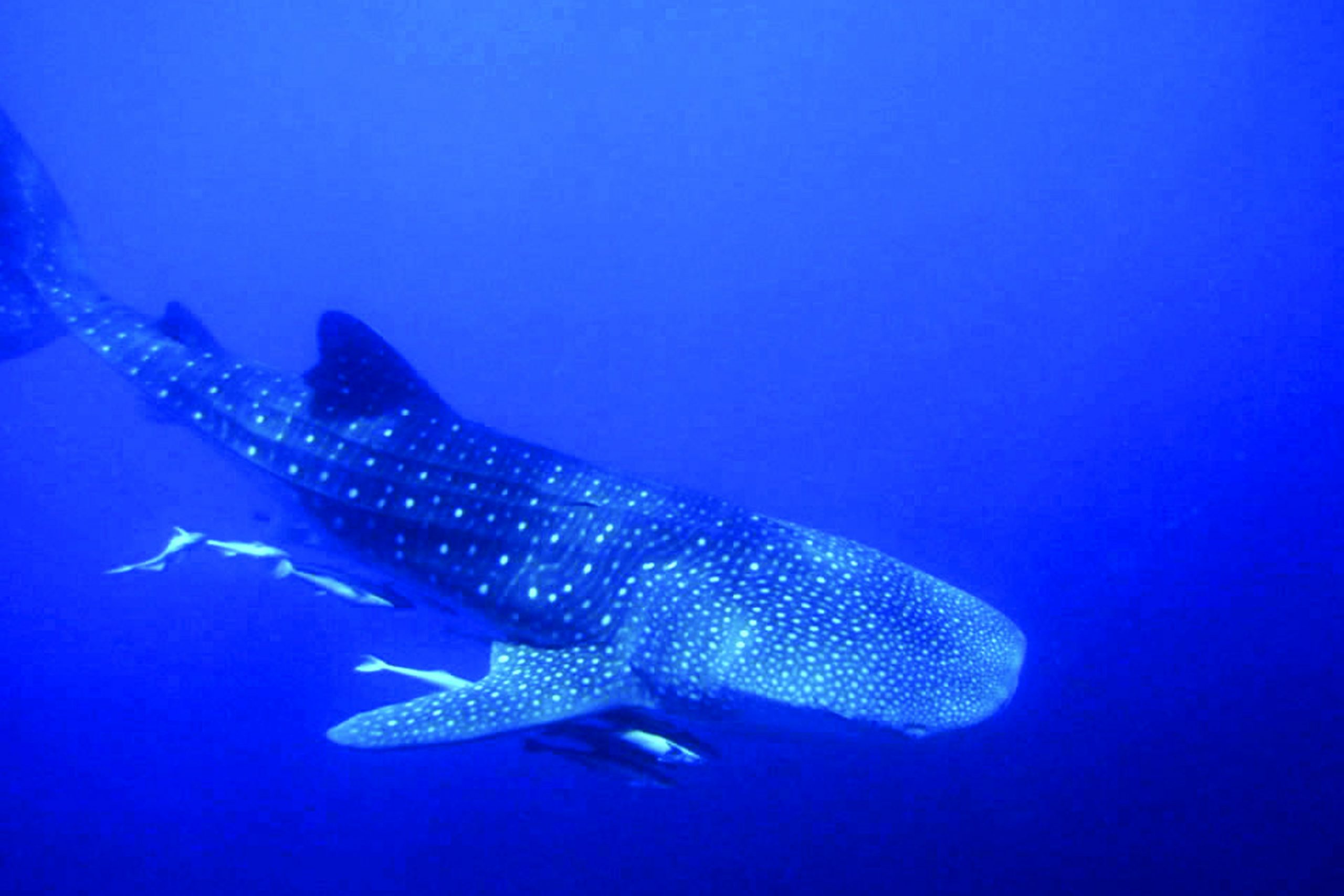Did you know that the most foreign and undiscovered environment on earth is found below the water’s surface? Approximately 71 percent of the earth is covered by ocean, and over 230,000 different types of marine life-forms occupy that space.
The American continents have a huge variety of sea life worth exploring and discovering through scuba diving. From cold-water diving in the north to the warm-water islands of Central America—no matter where your vacation takes you, there is a world to discover underwater. So go DIVE AMERICA!
Location: Waters of British Columbia off the north end of Vancouver Island
Famous for: Gigantic starfish (as big as beach balls), largest known octopus—called the Giant Pacific Octopus, which can grow to a 12-foot span!
Sea life: Wolf eels, humpback whales, sea lions, white-sided dolphins, orcas, sea otters, starfish, and octopuses
Best time to visit: April–October
Location: Accessible by ferry from San Diego, California
Famous for: Kelp beds that house a large variety of sea creatures
Sea life: Sea anemones, sea cucumbers, mysid shrimps, octopuses, sea lions, large spiny lobsters, and friendly sharks
Best time to visit: September–December
Location: “Big Island” of Hawaii
Famous for: Manta ray night dive—divers sit on the ocean floor and hold flashlights to attract manta rays, who feed on the plankton gathering in the light; as many as 15 to 25 large manta rays come in to feed by doing back-flips in the light
Sea Life: Spinner dolphins, silky sharks, tiger sharks, hammerheads, humpback whales, and sperm whales
Best time to visit: November–May
Location: Yucatan peninsula in Mexico
Famous for: Cenotes, or underwater sea caves (Mayans believed these to be sacred); copious stalactites and stalagmites
Sea life: Some fish and crustaceans, but the focus is on the cave formations
Best time to visit: March–April
Location: About 300 miles off the coast of Costa Rica, accessible by live-aboard dive boats
Famous for: Prodigious schools of scalloped hammer-head sharks numbering up to 100; nicknamed Isla de los Tiburones (Island of the Sharks)
Sea life: hammerheads, white-tip reef sharks, whale sharks, sword fish, large sea turtles, tuna, manta rays, moray eels, and dolphins
Best time to visit: May–October
Location: Part of barrier islands and easternmost point of North Carolina
Famous for: Historical sites, shipwrecks
of ironclad warships scattered across its ocean floor, the most popular being the USS Monitor
Sea life: Nurse sharks, tiger sharks, oceanic white-tip sharks, bull sharks, and turtles
Best time to visit: May–October
Location: The northernmost island of the Florida Keys
Famous for: Several sunken shipwrecks, myriads of sea life, and artificial reefs housed in these ships
Sea life: Goliath groupers, Atlantic spadefish
Best time to visit: May–August
Location: Central America (houses the second-largest barrier reef in the world)
Famous for: “Blue Hole,” a sinkhole just off the coast of Belize
Sea life: Snappers, groupers, whale sharks, turtles, tarpon, and manta rays
Best time to visit: March–June
For more information, visit—
—Shanna Warr
A great way to see these islands is by cruise. Read more about it in Living the High Life.










Catalina Island is by far the best scuba diving! The kelp forest may come off a little intimidating at first if you aren’t used to it, but once you get in it is such an amazing experience!
I’ve only ever scuba dived in a swimming pool, but this article has me wanting to try somewhere a little more exotic!